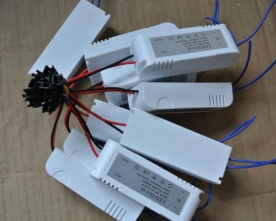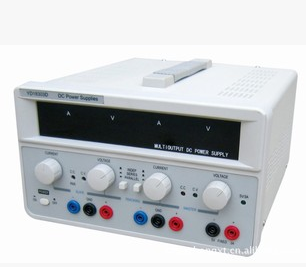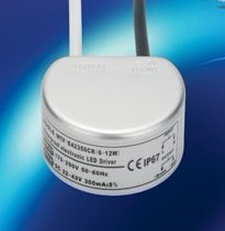There are many kinds of street lamp power supplies. According to the driving method, the street lamp power supplies can be divided into two categories.
(1) Constant current mode
Output current of the drive circuit is constant; while the output DC voltage is different in a certain rangeas the size of the load resistance varies-when the load resistance becomes small, the output voltage will be low; when it becomes big, the output voltage will be high. The constant current circuit allows the load to be short circuit, but the load fully open can’t be allowed. Using current drive circuit is ideal to drive LED, but the price is relatively high. The maximal withstand voltage and current should be note in applications, which can limit the number of LED.
(2) Voltage-stabilizing mode
After determining the parameters of the voltage regulator circuit, the output voltage will be fixed, while the output current will increase or decrease with changes of the load. The voltage stabilizing circuit can allow open load, but can’t allow load full short. Using the voltage drive circuit to drive LED, there need to be an appropriate resistor, which can make each of the LED on average brightness.
According to the circuit structure, the power supply can also be divided into the following several types.
(1) Resistor, capacitor step-down mode
Through the capacitor step-down, when in the flashing, the instantaneous current is too great to damage the chips, which can make the reliability low.
Through the resistor step-down voltage, it’s not easy to make a stabilized voltage supply because it is greatlyinfluenced by the power voltage changes. Reducing resistance can consume very much energy, so this power supply efficiency is very low, and the reliability of the systems is also low.
(2) Conventional transformer step-down approach
The power supply has the advantages of small volume but the weight is a little weight and the power efficiency is very low, generally only 45%~60%. So it is seldom used.
(3) Electronic transformer step-down approach
The power efficiency is low, the voltage range is not wide, general 180~240V, and Electronic transformer step-down approach
The power efficiency is low, the voltage range is not wide, general 180~240V, wave interference is great.
(4) RCC step-down switching power supply
This power supply has relatively wide range of voltage stabilization, and the power efficiency is high 70%~80%, which are widely used. There are some shortcomings, such as discontinuous oscillation frequency, difficult control of the switching frequency,relatively largevoltage ripple coefficient and so on.
(5) Switching power supply of PWM control
The power efficiency is very high; generally it can be up to 80%~90%. And the output voltage and current are both stable. This circuit generally has the relatively perfect protection.


